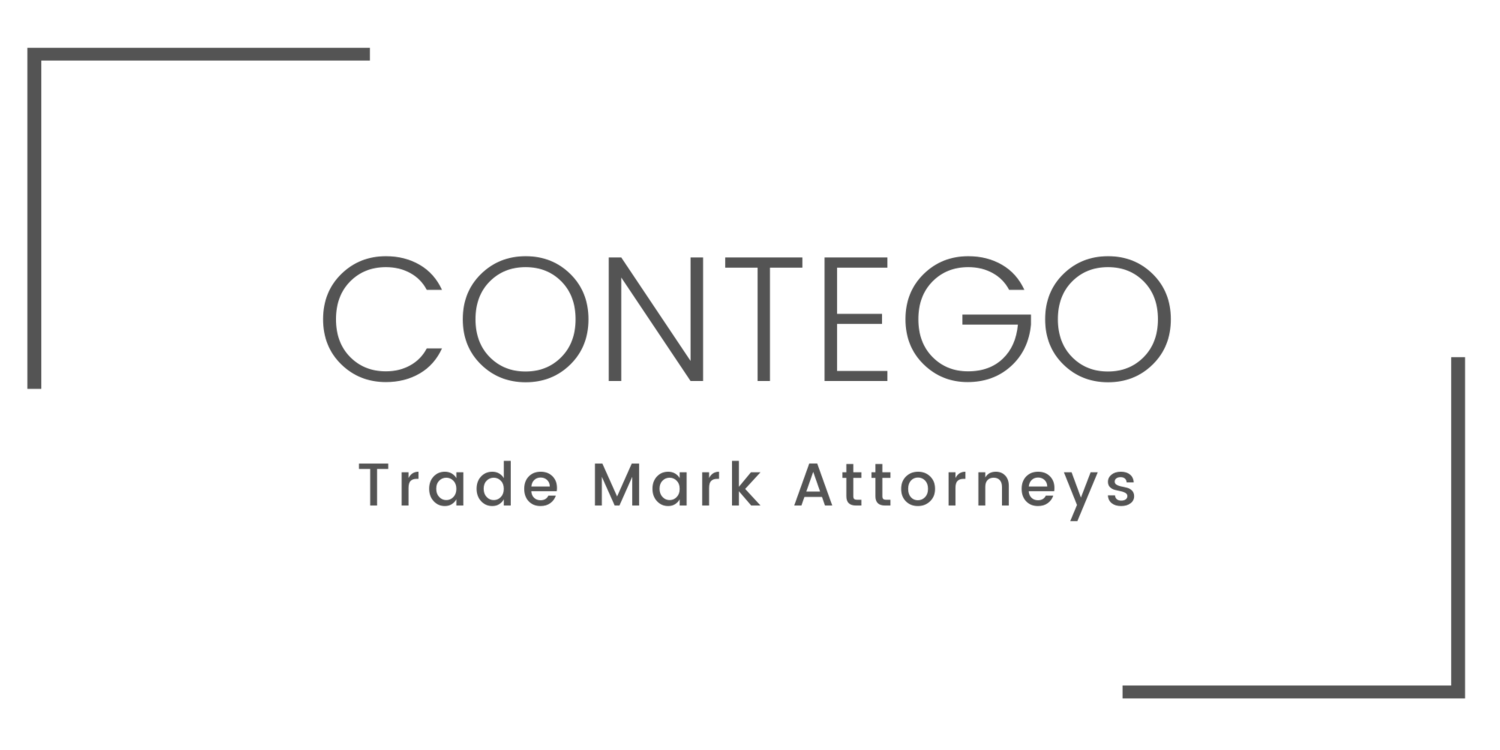What’s in a name? When it comes to business, not much unless you protect it!
You’ve started a business, registered a memorable name with ASIC and designed your logo. You’re ready to rock, right? Wrong. Registering a business name does not give you exclusive rights to it. If you don’t trade mark your business name, you risk others using it and potentially damaging your sales or reputation. Likewise, if you don’t check that a business name is available to trade mark before launching your business, you might end up with a costly re-brand on your hands.
Proving that it can happen to anyone, American reality star Kylie Jenner was recently challenged when using the name ‘Kylie” for her now billion-dollar cosmetics company, having already invested in product and packaging design. Why? Because Australia’s most famous export, Kylie Minogue, had a strong and enforceable trade mark in place.
Spinning around? Let’s break it down for you.
A trade mark is a form of intellectual property. Commonly thought of as a name, phrase or symbol, a trade mark can also be a picture, a colour palette, a sound, smell or movement - or an experience created with any combination of these.
Trade marks are an important step in setting up your business because they will protect your investment. Having a trade mark in place will ensure that no-one else can use or intentionally copy your brand identity. For Kylie Minogue’s team, this meant protecting a globally recognised performing artist from being confused with a “secondary reality TV personality”. Ouch!
A trade mark can also prevent your brand being associated with inferior products or shady business practices and reduce the risk of customers being confused with similar product and service offerings. Many well-known people and brands have filed opposition suits against much smaller businesses; from Louis Vuitton and Adidas to Beyonce Knowles, trade marks successfully protect products, revenues and reputations.
Protecting your business
Learning from Ms Jenner’s mistake, before applying (and paying) to register a trade mark, it is important to check if your business name and/or identity available to register. This is done by searching trade mark databases for similar trade marks. Once you are certain that your trade mark is available, you can apply to register it in your chosen country or countries. This process can take some time (at least 7 months) which is another good reason to check you won’t have any issues before you apply!
You can find out more about the application process here.
The trade mark process can be complex, so consulting a trade mark attorney who specialises in trade mark law can help avoid problems later on. Contego offer a free consultation to help you get started, book here:
Key Take-Aways:
A business name gives you the right to trade, a trade mark gives you the rights and exclusive ownership to your business name.·
A trade mark can be a letter, number, word, phrase, logo, image, sound, movement, shape, scent or a unique combination of these.
Trade mark search and registration can be complex, it’s best to engage a professional trade mark attorney to guide you through the process.
